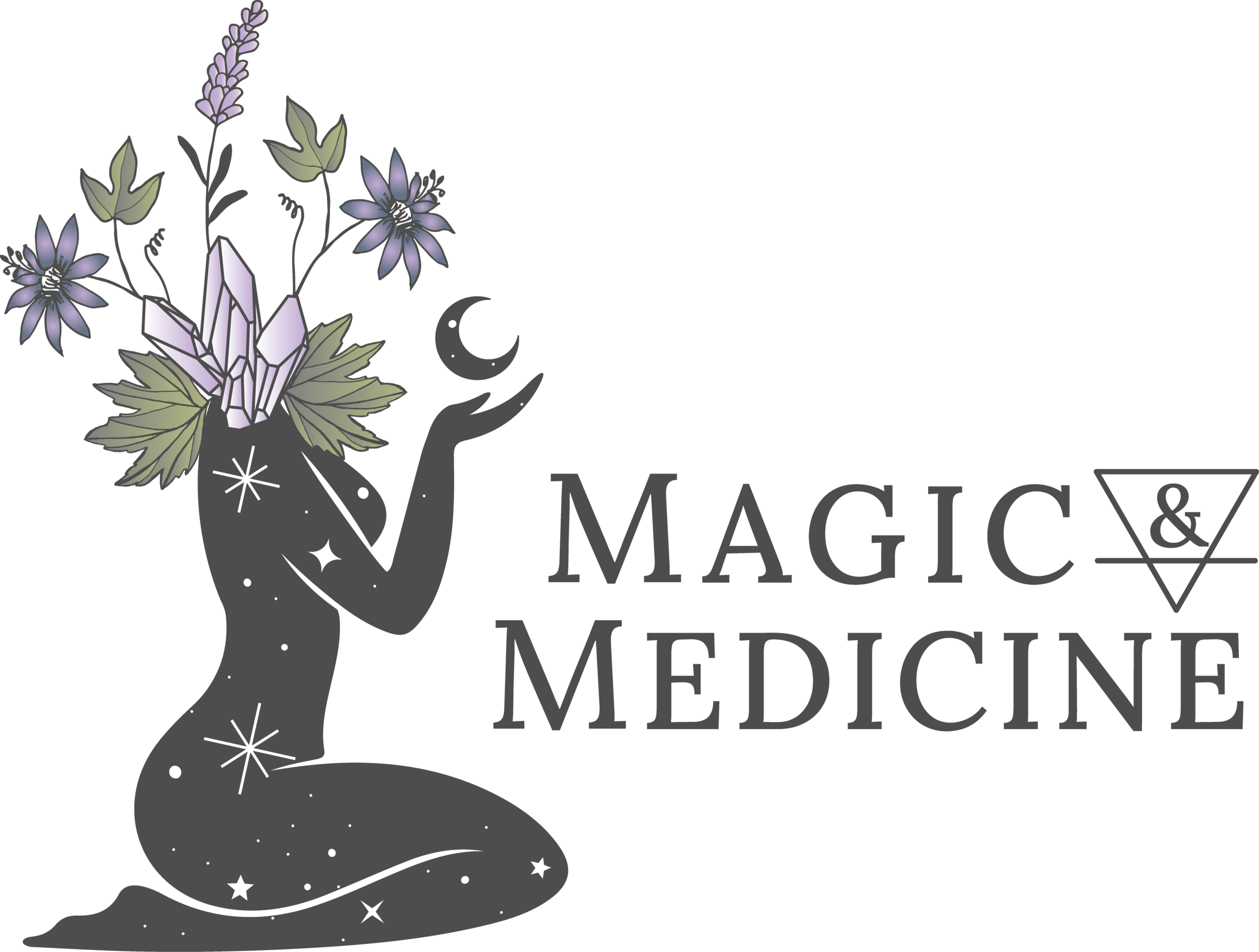Gardening; Good for the whole family
Off to take photos in our mini food forest.
As a Naturopath and a Permaculture Designer, I adore being out in nature, whether it’s being surrounded by bush and trees, or pottering away in the garden. Growing my own fruit, vegetables and herbs is one of my greatest pleasures. Being out in nature is good for the mind, body and soul. Studies have shown that being outdoors, breathing in fresh air and taking in our beautiful, natural surroundings helps us to feel more relaxed and grounded, which of course helps us to de-stress.
Many avid gardeners will tell you that gardening helps them to feel more relaxed (even with all the hard work of pruning, planting, pulling and digging!). Interestingly, there has been studies carried out on soil bacterium to find out if there is any science behind why gardeners feel this way. These studies have identified Mycobacterium vaccae as the substance responsible, this incredible bacterium is found in soil and may actually stimulate serotonin production, which in turn makes you relaxed and happier - how amazing is nature?!!!
If your lucky enough to have a large garden like me, you can indulge your love of plants to your hearts desire, but you can also get your gardening kicks in small spaces with container gardens or living walls. Community gardens or bringing plants into your indoor space are all good options to get your garden on (in fact my plant obsession has crept indoors and my house is in real danger of turning into an indoor jungle!!).
Gardening is also a wonderful way to get children out into nature and involve them in becoming guardians of our natural world. The garden is an excellent place to learn a bit of backyard science by watching small critters (insects, worms, birds etc), learning about how the sun, wind and water influences plant growth and to learn how food looks as it goes through its growth cycles. The garden is also a wonderful place to develop fine (picking up worms, planting seeds) and gross motor skills (digging, climbing) and of course the garden is one of the best places to let your child's imagination run wild; I have fond childhood memories of making mud pies and “witches brew” out of anything and everything my friends and I could find and stir into a bucket of water!!
A vegetable garden and/or herb patch is a great way to get children involved in meal times and can also encourage fussy eaters to try out new foods and expand their palates.
There are many other interesting plants that you can use when gardening with children; plants with strong aromas, interesting textures, plants that attract insects or plants that can be used to make dyes for craft projects or tasty herbs for teas/infusions. Below is a list of plants you may want to consider, please ensure correct identification when buying and growing your plants, especially if you are using them for teas or food (and steer clear of any plants that you or your family may have an allergy to). I like to buy most of my plants from www.kahikateafarm.co.nz they have a great selection and ship NZ wide.
Calendula; use the petals to colour paper, also can be used to make skin cream.
Mexican marigolds; use petals to colour paper
Rose; use petals to colour paper, petals are edible
Cornflower; use petals to colour paper, also petals are edible
Golden rod; can be used to make dye, medicinal tea and the plant attracts beneficial insects
Italian bugloss: Flowers are edible, roots can be used to make a red dye
Mullein; Attracts insects to hide in its leaves. Leaves are very tactile for kids as they are soft and fuzzy! Flowers can be used to make a yellow dye. Flower stems can be dried , dipped in candle wax and burned as candles (take care and appropriate safety precautions when handling hot wax and/or burning).
Lemon Balm, Peppermint, Pineapple Sage, Kawakawa, Thyme, Red Clover, Anise Hyssop; All make really nice tea infusions that can be cooled for kids drinks.
Borage, Cornflower, Pineapple Sage, Calendula, Nasturtium, Bergamot Bee Balm, Dianthus Clove Pinks; All have nice tasting flowers (flavours range from sweet to spicy) to eat.
Mullien, Golden rod, Fennel, Alyssum White, Red Clover, Bergamot Bee Balm, Lemon Balm, Catmint, Achillea 'Cerise Queen’, Bog Sage, Butterfly Plant, Field Scabious, Gayfeather, Hebe; are all beneficial insect attracting plants, so are wonderful for those little family members who are interested in bees, butterflies and creepy crawlies.
I hope you and your family enjoy your garden and its health benefits!
Looking for bugs in the ngahere.


